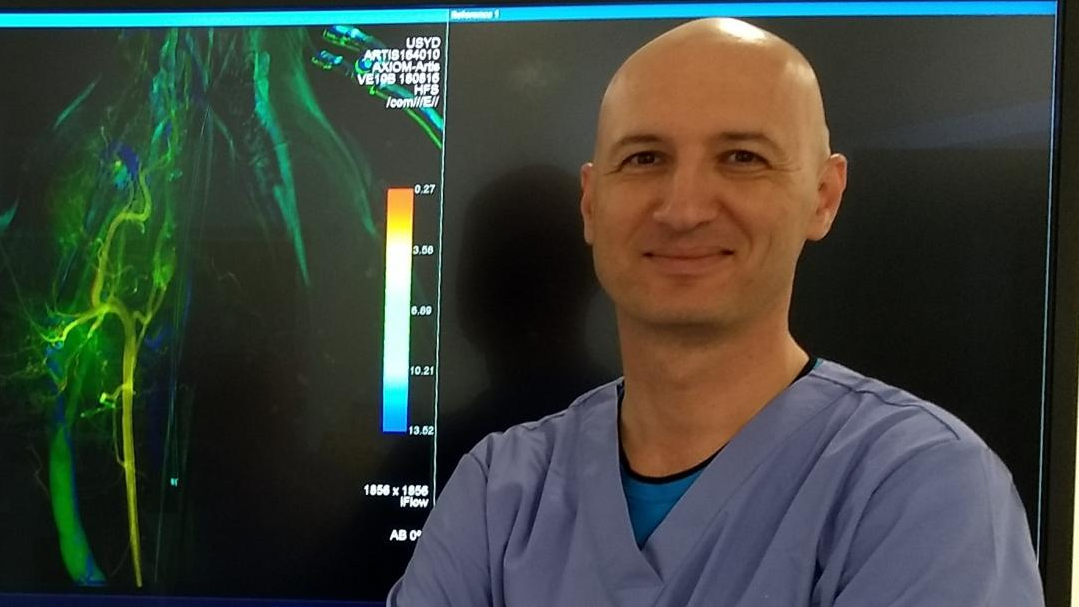
Associate Professor Yusuf Ozgur Cakmak
Studies show that proper olfactory function can play a key role in regaining consciousness after brain injuries. Researchers at the university of Otago say that our olfactory system, or sense of smell, is known to be dysfunctional in the early stages of Alzheimer’s and Parkinson’s disease. And by stimulating it, one can prevent conditions such as Alzheimer’s Disease.
They have come up with a google glass-like device that could help prevent Alzheimer's by sending electronic pulses through the skin to stimulate the nervous system and sense of smell. It is like a strap that one can wear around the head. The device is fitted with six electrodes along the forehead, nose and ears which send electrical pulses through the skin to stimulate the olfactory system. Researchers say that by stimulating the area of the brain responsible for the sense of smell, one can reverse or reduce the onset of Alzheimer’s, Parkinson’s, and coma.
Lead author of the study, Associate Professor Yusuf Ozgur Cakmak, Otago’s Department of Anatomy, says, “Olfactory nerves have terminals deep in the brain regions which influence memory and navigation. We are hopeful this method will help stimulate these networks and suppress the progression of Alzheimer’s disease. It also has potential to help people recover from coma and Parkinson’s disease”.
The device is fitted with six electrodes along the forehead, nose and ears which send electrical pulses through the skin to stimulate the olfactory system.
Though modulation of the olfactory regions has earlier been attempted with electrical stimulation, either directly (intraoperatively through the nasal bones) or indirectly through the vagus nerve, this research sought to develop a means of delivering electrical stimulation to the olfactory region in a non-invasive fashion. It is simpler, and easier. “This treatment is given with the help of a headset that can be worn daily, ” says Cakmak.
Otago’s research team is collaborating with New York based company Soterix Medical, that deals in non-invasive neuromodulation and brain monitoring technology. The team will be testing this wearable stimulator in a clinical trial in 2020.
The study, Optimized Electrode Placements for Non-Invasive Electrical Stimulation of the Olfactory Bulb and Olfactory Mucosa, has been published in the specialist journal Frontiers in Neuroscience.